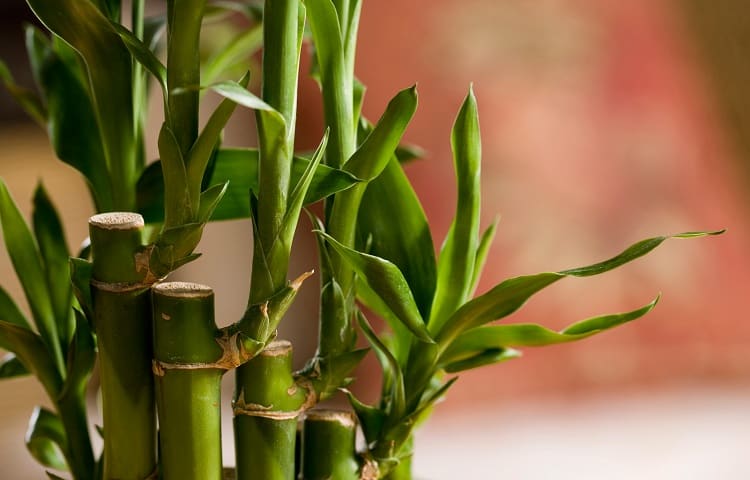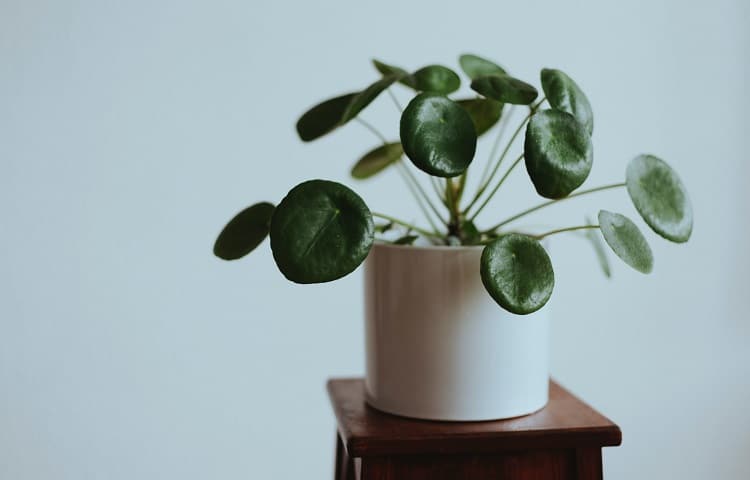Top Tips for Maintaining a Cyclamen Persicum
The Cyclamen persicum carries with it the promise of spring. Perhaps its greatest joy is the fact that it blooms long before other spring bloomers have even turned over. It is a delicate plant, yet is surprisingly hardy as long as it gets enough light and moisture. While you can grow it outdoors, it shines best as a houseplant. Continue reading to learn more about this plant.
What Is the Cyclamen Persicum?
The Cyclamen persicum is the scientific name for a plant known simply as cyclamen. It is a member of the Primulaceae or Primrose Family. The group includes many familiar garden plants and wildflower such as varieties of primrose and shooting star. It typically includes flowers with five sepals and petals. It differs from the Evening Primrose Family which typically has four of each.
You’ll recognize cyclamen as a common houseplant. In the wild, it grows in the Middle East and northern Africa. Wildflowers are usually white or pink, but cultivars have opened up the color spectrum to include many variations including magenta and red. It is a charming plant that grows less than a foot tall with heart-shaped leaves. You’ll find it as an annual called florist cyclamen.
Planting Cyclamen Persicum
Cyclamen persicum enjoys a Mediterranean climate in the wild. As its appearance may suggest, it is a delicate plant that doesn’t handle the cold well. It has a narrow range of tolerable USDA Hardiness Zones with only being able to handle Zones 10-11. That means a tolerable extreme low temperature of 30 degrees Fahrenheit.
Care and Maintenance
Delicate describes not only the plant, but its care as well. While there are limits to where it will grow outdoors, you can plant it as a houseplant. Cyclamen persicum differs from other landscaping plants in that it blooms in late winter or early spring. While some plants go dormant in the winter, plant growth slows during the summer when it’s warm and dry.
Light and Temperature
Mild describes the Mediterranean climate that Cyclamen persicum prefers. That means cool temperatures between 50 and 65 degrees Fahrenheit. Think of the conditions of early spring, and you’re well on your way to making it happy. That means temperatures on either end of the spectrum are unfavorable. It prefers the middle road to anything else.
Using our spring analogy, the Cyclamen persicum prefers bright, indirect light. Remember, it is a delicate plant. If you have it indoors, west- and east-facing are the best locations for a container plant. It will fare well with light shade outdoors. With sufficient light, you’ll get several rounds of blooms. That only adds to its value as a houseplant.
The Cyclamen persicum will thrive in rooms with good air circulation which will help keep moisture levels at the optimal range. Average household temperatures will suit your plant just fine even if they range on the cool side. It is the one plant you can put in the cooler rooms of your home without worry.
Moisture Needs
If the Cyclamen persicum is picky about anything, it is its moisture needs. It prefers moist soils. You’ll want these conditions to be the Status quo. You should avoid letting the soil dry out between waterings. On the other hand, it disdains soggy soils. Its delicacy extends to its vulnerability to the deadly fungus, root rot. The tubers are especially susceptible.
This video from the LSU AgCenter explains the importance of proper watering and how to make your plants happy by meeting this basic need.
Its summer dormancy puts a bit of a spin on this aspect of routine care. Since it’s not actively growing, you should make sure the soil doesn’t become waterlogged. That is essential during the summer for outdoor plants. The key is consistency without going to either extreme in soil moisture. During dormancy, it may drop leaves which is not unusual, so don’t panic.
Soil Conditions and Fertilizing
Because of its moisture requirements, you should plant the Cyclamen persicum in fertile, well-draining soils. Doing so will keep the roots healthy while allowing for air circulation. You should also support its growth with a balanced fertilizer during flowering. That takes a lot of energy and resources. The extra boost will reward you with beautiful blooms.
If you’re planting it in a container, you should make sure it has proper drainage in addition to choosing the proper soil mixture. Never allow the Cyclamen persicum to sit in waterlogged soils. To provide water during its dormancy period, you can place a shallow tray of water close by so it can stay in the humid conditions it prefers without danger to the tuber and roots.
You can take advantage of its dormant times to repot the plant if it becomes necessary. That will reduce the stress it may incur though it will tolerate it just the same. Just make sure and leave the top of its tuber above the soil level.
Fitting In
It would be hard to imagine the Cyclamen persicum as an aggressive plant, and indeed, it is not. Rather concerns about fitting in have to do with its toxicity. Unfortunately, it is both poisonous to cats and dogs. Mild cases will cause vomiting and diarrhea. There is a risk of more serious complications including death if your pet ingests large amounts of the plant.
Special Care Notes
The crown and tuber are the Cyclamen persicum’s Achille’s heels. To keep it healthy, avoid soaking these parts of the plant. When you water, stay close to the edges of the container to avoid dampening the center portions. If these areas show water stress, you might not be able to save it. Prevention is the best way to avoid these devastating problems.
The Cyclamen persicum is a delightful plant with beautiful blooms that carry the promise of spring. It is a perennial plant that can add some welcome color to any room. As long as you monitor its moisture, you can enjoy a plant that will bring a touch of the Mediterranean to any landscape or indoor space.
Photo by PactoVisual licensed under CC0.


